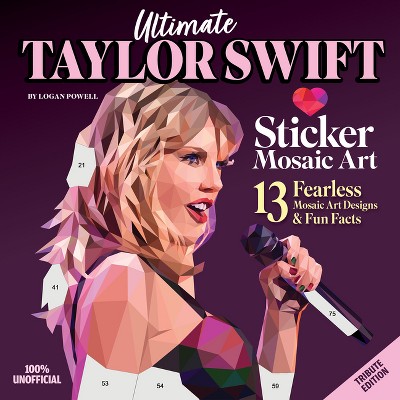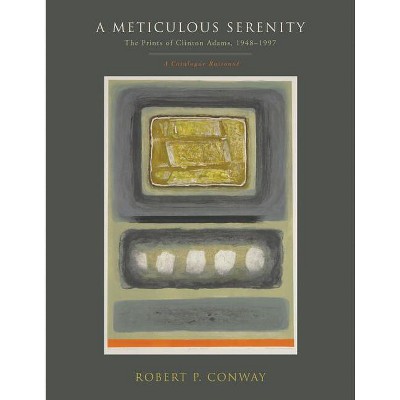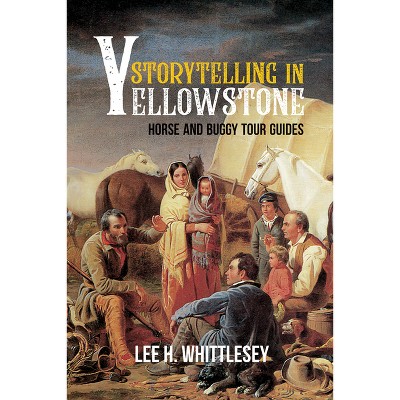About this item
Highlights
- Honorable Mention for Art in 2020 Foreword INDIES Book of the Year AwardsThe music scene that sprang up across the Bay Area from 1965 to 1970 was energetic, immensely creative, and loudly outspoken.
- Author(s): Titus O'Brien
- 392 Pages
- Art, Popular Culture
Description
Book Synopsis
Honorable Mention for Art in 2020 Foreword INDIES Book of the Year Awards
The music scene that sprang up across the Bay Area from 1965 to 1970 was energetic, immensely creative, and loudly outspoken. Bands needed theaters to play in, music promoters needed to get the word out about the shows, and a group of talented young artists producing dreamy, free-form work needed a medium of expression. Thus was born the psychedelic rock poster, one of the most explosively inventive, instantly recognizable, and profoundly influential aesthetic movements of the last century. A group of young visual artists provided perfectly trippy visuals to accompany soundtracks by bands like the Grateful Dead, Jefferson Airplane, Santana, the Doors, and many more. These artists--including Lee Conklin, Rick Griffin, Alton Kelley, Bonnie Maclean, Victor Moscoso, Stanley Mouse, Wes Wilson, and others created a new artistic genre: the collectible rock concert poster. Some are household names today while others are largely forgotten, but the poster art that gave visual life to the amazing music lives on in Dreams Unreal.
Published in association with the Albuquerque Museum.
Review Quotes
"Most rewarding are the book's beautifully printed images. The high-quality color reproductions on heavyweight paper pop off the book's oversized pages."--Bruce Austin, New York-Pennsylvania Collector
"Titus O'Brien's detailed history of not just the poster art but the artists who created them provides essential details not available in most other art books on the subject, which tend to focus on the posters alone. . . . California and arts collections alike will find Dreams Unreal an outstanding survey sporting a bargain price tag considering its wealth of colorful visual images and its depth of historical review."--Diane Donovan, Donovan's Bookshelf
Shipping details
Return details
Trending Art, Photography & Design Books












